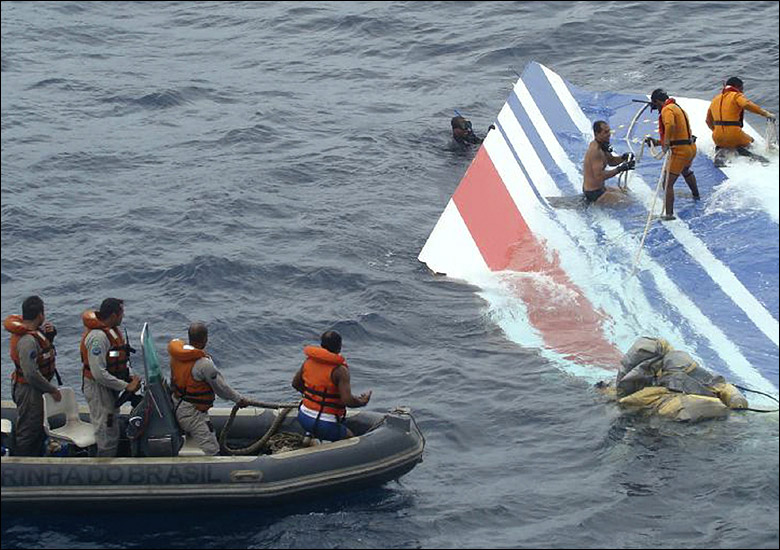BelindaJacob
Platinum Member
- Nov 24, 2008
- 6,474
- 4,022
Belindar jacob Dada hiyo ndege haijulikani wapi ilipo na ndio maana inatafutwa .hapa Tz bado tunaendelea na ijumaa leo vipi huko ulipo ?
Habari zinachanganya kwa sasa,waendelee kuitafuta tu. Kama sinema!
Eniwei, TGIF na tufurahie maisha yetu maana ni mafupi.
